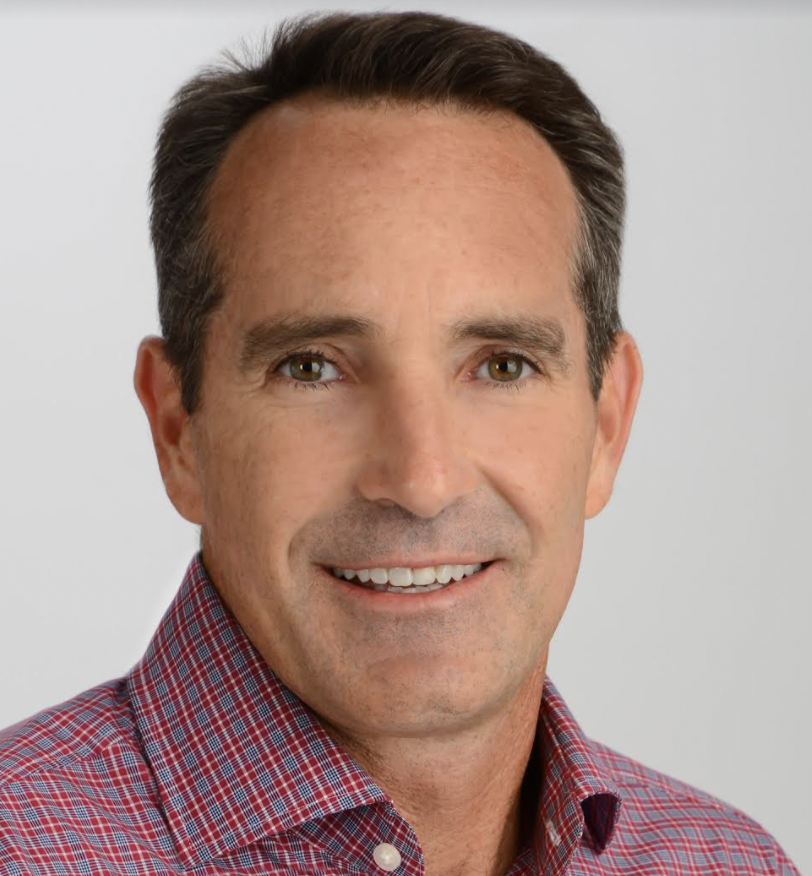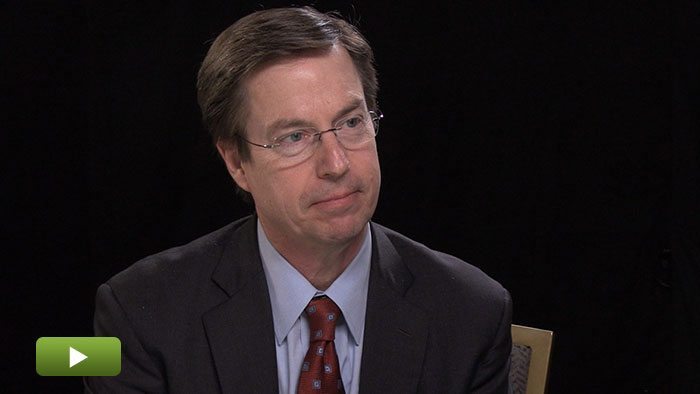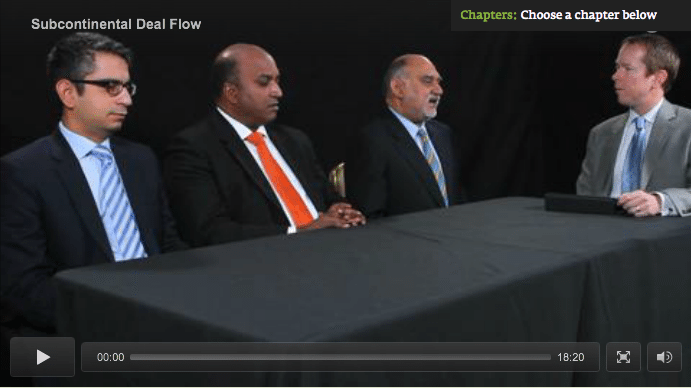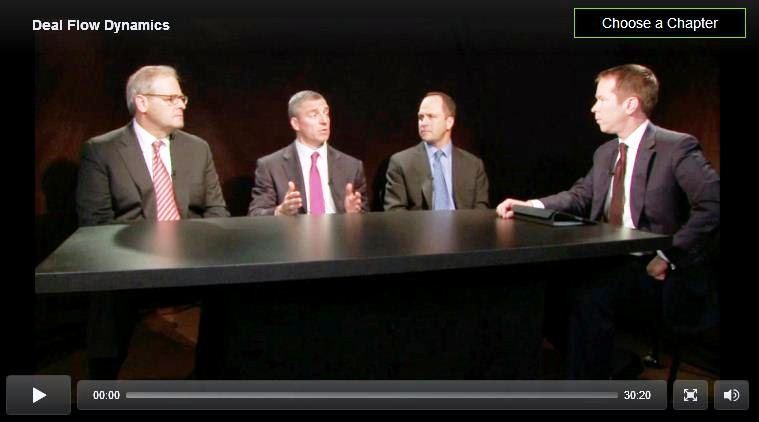What Fuels Hawaii’s Deal Flow
Hawaii and private equity are not often heard in the same sentence. And yet, as Honolulu-based private equity investor Dustin Sellers explains, the state’s huge tourism and real estate industry and the presence of the U.S. military have sustained generations of middle-market businesses, many of which find themselves in need of growth capital.
Transcript Download Transcript
What Fuels Hawaii’s Deal Flow
With Dustin Sellers of Koa Capital Partners
David Snow, Privcap: Today, we’re joined by Dustin Sellers of Koa Capital Partners. Dustin, welcome to Privcap. Thanks for being here.
You are a private equity investor in Hawaii. I think when a lot of people think of Hawaii, private equity doesn’t come top of mind, so I’d love to hear more about the opportunities you see there. Maybe we could start with what you see as being unique to the business landscape in Hawaii?
Dustin Sellers, Koa Capital Partners: First of all, we don’t drink Mai Tais at work. I want to be really clear on that. Hawaii, as you say, has a pervasive view as predominantly being tourism. It’s a very strong second-home and vacation market. So, yes, there is a very strong tourism piece, but underlying that, with the 7.5 million tourists we get, it’s also one of the strongest naval bases for the U.S. Also, it’s an epicenter for where Asia meets America.
In many cases, many Asian executives consider doing business in Hawaii a lot more like it is at home than in Los Angeles, Chicago or New York. What that creates is a really interesting opportunity for a market that, for the most part, is unbrokered. You would think of it as a place you go to vacation, yet there’s a thriving business community there that really has not been challenged from a private equity perspective.
Snow: What kind of a reaction do you get in approaching some of these, let’s say, second or third-generation businesses in Hawaii? Do they know what private equity is? Are they receptive to doing a deal with an outsider?
Sellers: That has probably been one of the hardest challenges. Having a strong connection to Hawaii, having run a fairly large business there, I do feel like I had a very strong connection to the business community. That said, getting an individual who’s running a very strong business but doesn’t have a succession plan to begin the journey to a transaction with them into a minority position or into pure liquidity, as anybody who has tried, you cannot cajole a business owner who’s really never transacted. You also have to change your vernacular. I mean, the words and the acronyms we use almost is a death sentence in the process of trying to acquire, call it, a $25-million business that, in a great space, you can’t use words like private equity. It doesn’t make any sense to people.
Snow: Dustin, talk about the size of company you tend to invest in. How many of those are there in Hawaii?
Sellers: The Hawaii market, obviously, is perceived from the outside as very small, right? From a metropolitan basis of people living there, it’s quite small. But, when you factor in the close to eight million tourists that transact, the tremendous amount of real estate sold and the second-home factor, you’ve got a real strong basis for a fairly large, thriving economy.
So our sweet spot is in that $25- to $50-million revenue basis, somewhere in that $3- to $5-million EBITA basis. And there’s an opportunity for them to either have tuck-ins or to consolidate, but there isn’t that level of knowledge of how to do that and/or there are pre-existing schisms within the industry that preclude that.
The opportunity is for a bit of EBITA arbitrage there in buying two or three businesses within a similar industry, keeping that branding to the local market, but being able to really grow that EBITA where there wasn’t a $7- or $8-million EBITA business before.
Snow: Can you share an example of an investment you’ve made recently that is illustrative of the kinds of companies you’re going after?
Sellers: The largest data center in the state, probably about 14 years old, is working through some balance-sheet, legacy-infrastructure issues. [It has a] great existing customer base, but hadn’t really moved into the mid-market—all of the elements that worked perfectly for us to step in, take a strong position in the company, take a board seat, and become a strategic connector for them into the mid-market in that active-investor piece. We were able to keep that local and to give them a strong equity infusion—both growth capital and taking some minority investors off the table and really giving them that next leg of growth.
Snow: How did that deal come about? How was it sourced?
Sellers: On a soccer field at an intermediate soccer game—at my daughter’s soccer game.
Snow: So, what is the plan to grow that business?
Sellers: I think it has a nice trajectory already. It was helping it solve some of its problem in messaging and being able to bring it to other portions of the business sector, whether that was banking or a large insurance, or support with their Asian strategy. As is often the case with many smaller businesses, they’ve got great bones and really good core-value DNA, but they often have blinders on where real growth can happen.
Snow: Final question: explain to us the meaning of Koa.
Sellers: Koa is one of the few indigenous woods from Hawaii. It’s a very strong, solid wood. It’s what the Hawaiians used for the hull of their canoes for transport. It really was the primary vehicle for movement amongst islands and throughout the entire Archipelago. So, we see that as “We’re a strong source of capital. We’re very authentic. We’re from Hawaii. We understand the market and we’re going to be here for quite some time.” That’s the genesis of Koa.



